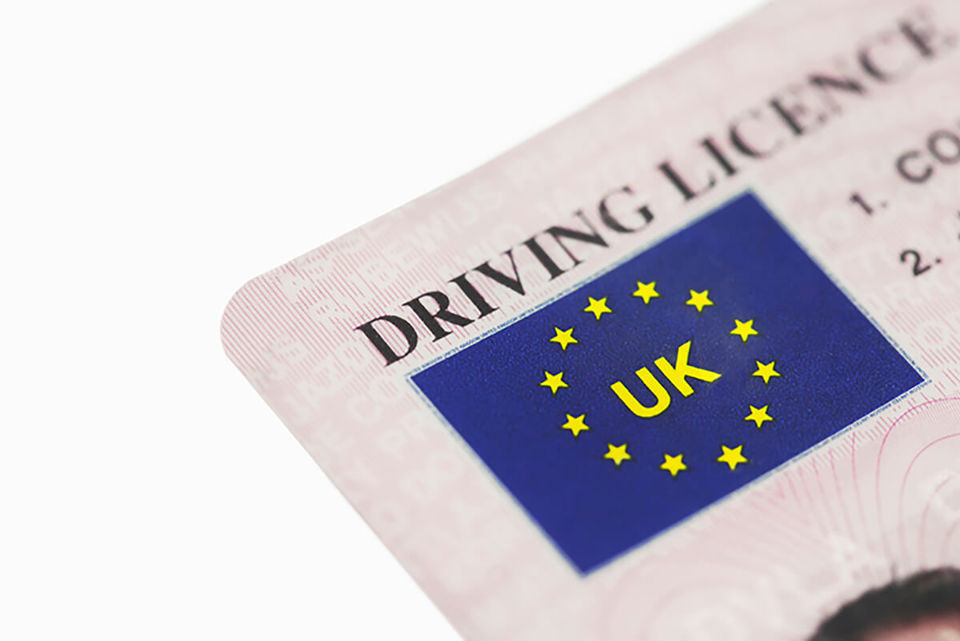Company car and van drivers are being warned against swapping penalty points after former Cabinet minister Chris Huhne and his ex-wife Vicki Pryce were jailed.
Both were sentenced to eight months for perverting the course of justice and a similar fate could await business drivers tempted to do the same.
For the majority of fleets (61.5%), fewer than 10% of their drivers have six or more points on their licence, according to a Fleet News poll (see page 21 for full results). However, that still leaves a significant number of drivers who could be one or two prosecutions away from a potential driving ban.
The totting-up procedure, under which Huhne would have been disqualified, was introduced in 1988.
Totting up points is on increase
Anyone who receives 12 penalty points on their licence within a three-year period will be summonsed to court and be liable for a six-month disqualification.
Derek Millard-Smith, associate at Hill Dickinson, believes the number of drivers totting up points is on the increase and, as a result, so may be the number of people taking points on their behalf.
He said: “When the offence of totting up was introduced, automatic cameras did not exist. These removed any element of discretion which a police officer might have exercised and have resulted in people incurring points for minor speeding offences which they might previously have avoided.
“Of course, the law must punish persistent offenders, but currently those who spend more time on the road have become statistically more likely to suffer for mistakes over speed limits by trivial amounts than drivers who intentionally or recklessly speed but only travel to the shops once a week.
“In these difficult economic times those who are required to drive during the course of their employment and whose job may be at risk as a result of disqualification may be tempted to ask others to take their points.”
It’s difficult to ascertain exactly how many drivers have persuaded others to take their penalty points for speeding, but research suggests it could be anywhere between 300,000 and 600,000 people.
About 3.3 million drivers have points on their licence – 9% of all licence holders – according to the DVLA.
And of those with points, almost one-in-five (19%) have six or more on their licence and nearly 100,000 drivers are on the brink of a possible driving ban with nine or more points.
When a vehicle is caught speeding by a camera the registered owner is sent a Notice of Intended Prosecution (NIP) form and a document called a Section 172 Notice.
They have 28 days to return the form and can at that stage nominate someone else as the guilty party.
The police force which issued the speeding documents then processes the information before it is passed to the Driver and Vehicle Licensing Agency (DVLA) in Swansea.
Process is open to abuse
At no stage are any thorough checks carried out to determine whether the nominated person could have been driving.
It leaves the process open to abuse and, for a business driver faced with the prospect of losing his or her livelihood if they’re hit with a driving ban, a tempting proposition.
Indeed in 2003, when Huhne was caught by a camera driving above the speed limit, Pryce signed the form declaring she was driving and incurred penalty points on his behalf, because he was at risk of a six-month ban.
Sentencing guidelines give the courts discretion in cases in which 12 points or more have been totted up over a period of time.
In such cases, a six-month ban is discretionary, with the courts permitted to waive it in circumstances in which it would cause ‘exceptional hardship’ to the driver or others who depend on the offender.
Proper legal arguments could have been put forward on Huhne’s behalf to try to avoid disqualification and, even if unsuccessful, a six-month driving disqualification would have been preferable to a custodial sentence.
























Login to comment
Comments
No comments have been made yet.